The tools you need at each stage of ABM for a B2B tech strategy
What is ABM?
Account-based marketing (ABM) is a type of marketing that hones in on one or a few organisations at a time rather than an entire market. You could say it gives those organisations the red carpet treatment, as you tailor a highly specific approach that solves their specific challenges and suits their needs.
ABM works by flipping the sales funnel on its head. Instead of generating leads and then converting them into customers, ABM finds customers first (accounts) and then engages them.
62% of marketers say they can measure a positive impact since adopting ABM, proving it not only a trend but a lucrative B2B marketing strategy. Read on to learn more about why ABM is useful particularly in B2B tech, the three forms of ABM and the tools you could use at each stage of your ABM journey.
Tools for each stage of ABM:
1. An ICP tool to find target accounts
- 6sense – An account engagement platform
2. An account research tool to identify individuals
- Leadiro – A B2B customer data platform
- LinkedIn – World’s largest online professional network
- LinkedIn Sales Navigator – Research tool for LinkedIn
3. A CRM to align marketing and sales
- Salesforce – World’s leading customer relationship management service
- SAP, Oracle or Microsoft Dynamics 365
4. A distribution tool to target and track content
- MadisonLogic – An account-based advertising platform
- AdDaptive Intelligence – A B2B advertising and analytics platform
5. A personalisation tool to adapt your website for each account
- Proof – A website personalisation tool that increases conversion rates
Why is ABM useful particularly in B2B tech?
B2B tech companies like yours often have solutions that solve specific problems for specific businesses. ABM allows you to explain and prove the benefits of your product or service to meet the unique challenges of target accounts.
B2B tech companies tend to have a long sales cycle made more difficult by the complex solutions that they offer. Studies have shown that 77% of the B2B buyers describe their last purchase as very complex or difficult. The focus that ABM places on few accounts at a time can lessen this complexity. By enabling you to build strong relationships and centring marketing efforts around one account, that buyer will feel that their questions are answered and their problems are solved.
For a B2B tech company, aligning sales and marketing is critical to business success. It is proven that aligning marketing with sales results in a 36% higher customer retention rate. As you know, in a competitive B2B tech landscape customer retention is critical. ABM ensures marketing and sales teams are aligned right from the start, by integrating efforts to gain attention from accounts and collaborate to push them through the sales funnel.
There are three forms of ABM to choose from:
- One to One: For when you want to target between one and ten high-value accounts with a very personalised approach. This means you can build strong relationships with the key stakeholders of organisations
- ABM Lite: When you’re targeting 10-100 accounts. These accounts should share similar initiatives, challenges and attributes. This form includes tailored marketing campaigns and content that can be distributed to the accounts and still seem hyper-personalised
- Programmatic ABM: Targeting 100-1000 accounts with an approach inspired by ABM. This form is used to scale ABM by leveraging existing sales knowledge
The unique requirements of your own business should be reflected in the form of ABM you use. Ask yourself questions such as, how many businesses are in the market for my solution? Am I targeting SMBs or enterprises? How much bandwidth and resources do I have to dedicate to each target account?
For example, if your product can only be used by 50 enterprise organisations and you’re a team of two full time marketers, a one to one form of ABM would be best. This would ensure you prioritise efforts towards your most valuable prospects, and don’t let a single account go to waste.
The form of ABM you choose will impact the tools you use, as the different forms require their own insights and processes. You should build your MarTech stack with practical considerations in mind.
Remember, it’s possible for ABM to be successful with a simple CRM and a few spreadsheets. The tools mentioned below are not absolutely necessary, but they are nice to have and can be implemented as your ABM scales.
What tools do I need?
1. An ICP tool to find target accounts
When embarking on ABM, the first step you should take is to figure out your ideal customer profile (ICP). This is different from a buyer persona because it’s organisations you’re looking at rather than individual buyers.
Your ICP could focus on attributes such as:
- Industry
- Annual revenue
- Number of employees
- Budget
- Location of HQ and global offices
- What technology they already use
There are a number of different tools to help you identify companies that fit your ICP.
6sense is an account engagement platform that can pull leads that fit your ICP, while using big data, AI and machine learning to tell you which buying stage each company is at so you can tailor your messaging. 6sense will help you to find potential accounts to target and to find key information that predicts when they will buy.
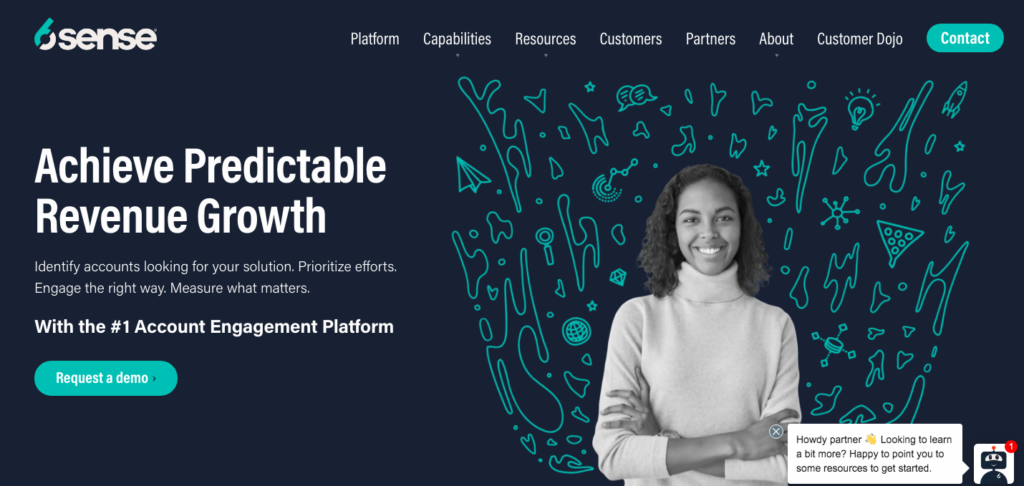
2. An account research tool to identify individuals
Once you’ve identified a range of key accounts, you need to undertake deeper research to identify the decision makers within those organisations. This relationship mapping will let you know who specifically to target with your ABM campaigns, and might help you find more accounts that fit your ICP.
Leadiro is a B2B customer data platform that can connect you to key decision makers at your target organisations. It uses demographic profiles to guide you on who to reach, as well as a segmentation tool that organises those profiles into lists. This platform is particularly helpful for generating global leads as it can sort prospects by geographic region.
If you don’t have a large budget to spend on tools, LinkedIn is always a great option for researching individuals within companies and finding decision makers. An advanced search on LinkedIn can help you find prospects by job title and company.
For more extensive LinkedIn research, LinkedIn Sales Navigator can help you keep track of over 1500 individuals and creates custom lists. It gives you account recommendations, advanced lead and company search, and gives you 20 inmail messages per month on the most basic subscription.
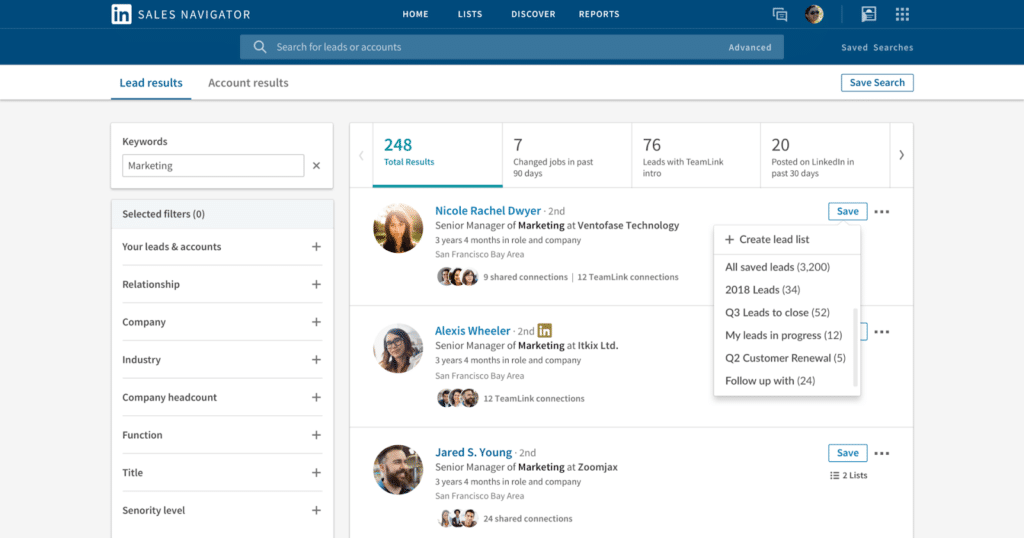
3. A CRM to align marketing and sales
With ABM, the relationship between sales and marketing needs to be strong, supportive and streamlined. Putting processes in place to align the two teams is critical to success, otherwise you might have conflict, competition and employees feeling stressed. A marketing platform can help you to align sales and marketing by keeping account details all in one place.
A simple CRM platform such as Salesforce, SAP, Oracle or Microsoft Dynamics 365, is all you need to align marketing and sales by syncing prospects, contacts, leads and opportunities. All of your employees should keep each contact up to date, so that everyone knows where each account is on their buyer journey.
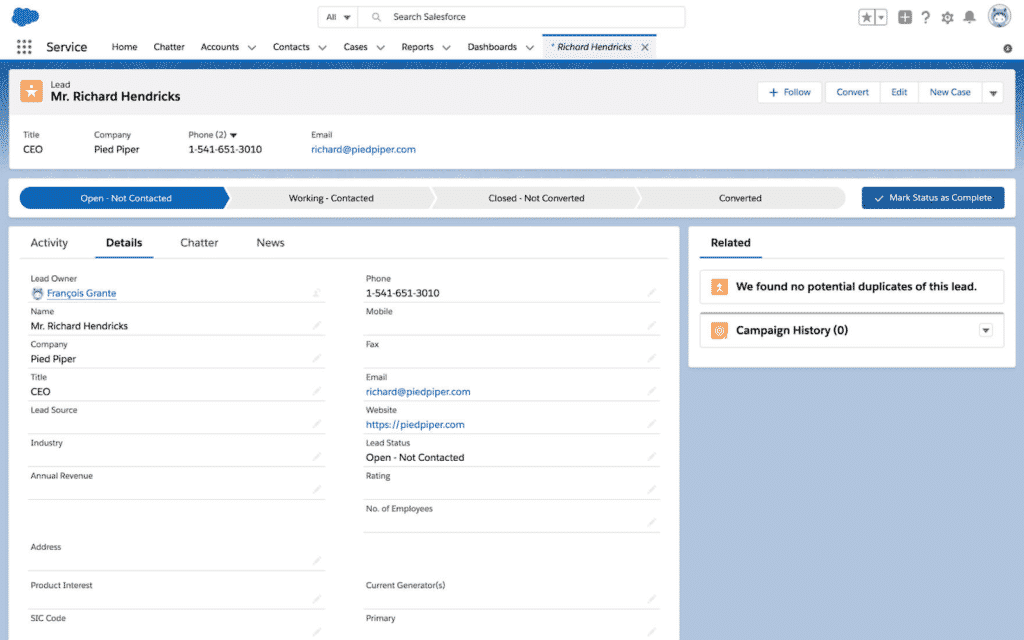
4. A distribution tool to target and track content
Once you’ve created campaigns that use compelling, personalised content to engage your target accounts, a distribution tool can put your content in the right place at the right time. They will also analyse performance metrics so you can optimise future campaigns and continue generating new customers.
MadisonLogic is a tool that can distribute advertising content and help with content syndication across multiple channels. Through the platform, you can access analytics to provide deep insights into campaign performance. It also offers a formatted content marketing package so you can engage your target accounts in a compelling way.
AdDaptive Intelligence is an alternative content tool that can target, engage, analyze, and optimize your ABM campaigns by putting your content in front of your target audience. It helps you to target accounts and analyse advertising metrics to help you further personalise future campaigns.
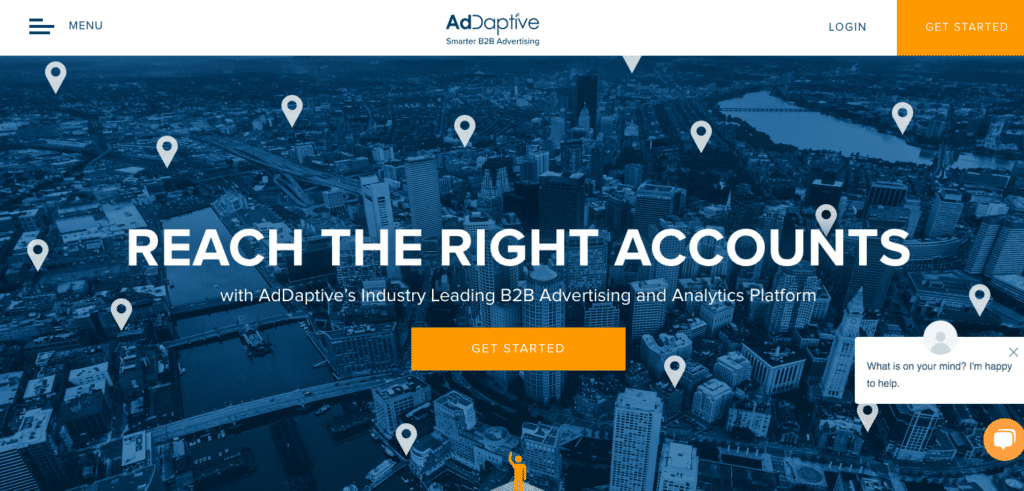
5. A personalisation tool to adapt your website for each account
56% of marketers strongly agree that personalised content is key to the success of ABM. When an individual from one of your target accounts clicks on an advertisement or piece of content, you want them to see a hyper-relevant landing page that suits their specific wants and needs.
A personalisation tool can help you to achieve this, by allowing you to create multiple user experiences on one URL. Proof is a personalisation software that means you can swap out CTAs, text and images without having to code. Proof also offers a segmentation aspect that shows unique campaigns to specific audiences.
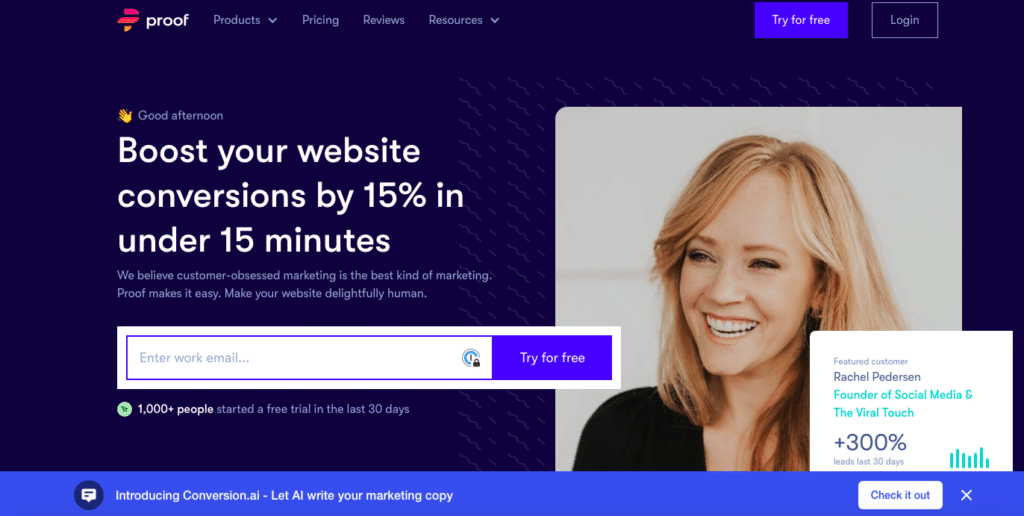
All-in-ones
If you’re a large company looking to invest heavily in ABM, an all-in-one ABM software might be the best option to manage your entire function. 43% of marketers strongly agree that advanced data management is key to successful ABM, so an all-in-one solution that keeps it all in one place might be the best option for you.
Terminus is a full-service ABM software that builds account lists with data to help you personalise your approach, as well as manage retargeting, automation and email campaigns. It also provides performance metrics to give you a better understanding of what’s working and what isn’t.
HubSpot ABM software is another all-in-one platform that allows you to track where each account is on their buyer journey. It automatically tiers prospects by how well they fit your ICP, and it allows you to carry out campaigns from within your CRM.
Your tech stack should grow as you do
It may be tempting to subscribe to all of these tools straight away, but the truth is a lot of them aren’t essential for an ABM strategy. As your ABM scales, your tech stack should too.
For an in-depth guide on how to build ABM from the ground up, check out this podcast with Angela Lee, Senior Demand Generation Manager at LinkedIn. Angela addresses common challenges of ABM such as how to do ABM with a small team and limited resources.
